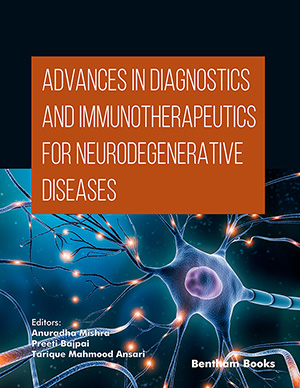
Abstract
Background: HIV and syphilis are sexually transmitted infections with overlapping risk factors, potentially leading to increased HIV transmission and treatment challenges. Understanding the clinical management of syphilis co-infection among people living with HIV is crucial for public health interventions.
Objective: This retrospective cohort study aimed to assess the prevalence of syphilis co-infection, clinical characteristics, treatment response, and public health implications among people living with HIV in southern Turkey.
Methods: Records of 1352 people living with HIV 18 years and older, followed at a tertiary infectious diseases clinic between 2013 and 2023, were analyzed. Data on demographics, clinical stage of syphilis and HIV/AIDS, laboratory parameters, treatment response, and co-infections were collected. Statistical analyses were performed using SPSS 20.0 software.
Results: Among the people living with HIV, 103 (7.6%) were diagnosed with syphilis. Most cases were male (97.1%), with a median age of 33 (IQR 28-49) years. Heterosexual transmission was predominant (60.2%), with a history of condomless sexual intercourse in 90.3% of cases. The majority (88.3%) were asymptomatic with latent syphilis. Syphilis was diagnosed concurrently with HIV in 77.7% of cases. Serological response to syphilis treatment was observed in 46.8% of patients, while 53.2% showed a serofast reaction. Neurosyphilis was rare, diagnosed in only one patient. Co-infections with hepatitis B and C were detected in 3.9% and 1.9% of patients, respectively.
Conclusion: Syphilis co-infection among people living with HIV is a significant public health concern in southern Turkey. Routine screening for syphilis, along with comprehensive education on sexually transmitted infection prevention, is essential for early detection and optimal management. Further research is needed to improve treatment outcomes and address emerging challenges in HIV-syphilis co-infection management.
Keywords: HIV, co-infection, public health, sexually transmitted infection, syphilis, treatment response.
[http://dx.doi.org/10.15585/mmwr.rr7004a1]
[http://dx.doi.org/10.5578/mb.20239912] [PMID: 36636853]
[http://dx.doi.org/10.1371/journal.pone.0286254] [PMID: 37390076]
[http://dx.doi.org/10.35232/estudamhsd.1137597]
[http://dx.doi.org/10.1016/j.srhc.2010.08.006] [PMID: 21147454]
[http://dx.doi.org/10.1097/00007435-200305000-00008] [PMID: 12916133]
[http://dx.doi.org/10.1177/0956462416638224] [PMID: 26992411]
[http://dx.doi.org/10.31362/patd.1216204]
[http://dx.doi.org/10.21101/cejph.a5467] [PMID: 31580558]
[http://dx.doi.org/10.5578/flora.69247]
[http://dx.doi.org/10.1097/OLQ.0000000000000513] [PMID: 27893600]
[http://dx.doi.org/10.1258/ijsa.2009.009011] [PMID: 20378895]
[http://dx.doi.org/10.1007/s11904-021-00564-z] [PMID: 34091858]
[http://dx.doi.org/10.5152/kd.2019.35]
[http://dx.doi.org/10.5152/kd.2017.03]
[http://dx.doi.org/10.1136/sextrans-2020-054706] [PMID: 33219164]
[http://dx.doi.org/10.1016/j.cmi.2015.06.028] [PMID: 26163105]
[http://dx.doi.org/10.1111/jdv.16946] [PMID: 33094521]
[http://dx.doi.org/10.1001/jama.1985.03350330094030] [PMID: 3155812]
[http://dx.doi.org/10.1186/s12879-021-06199-0] [PMID: 34078297]
[http://dx.doi.org/10.5505/TurkHijyen.2020.71598]
 19
19 1
1



























